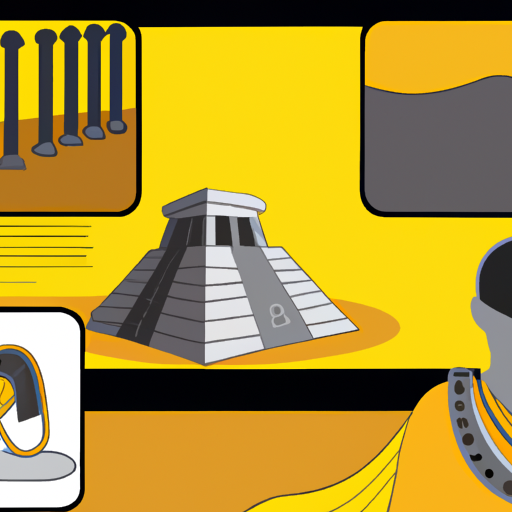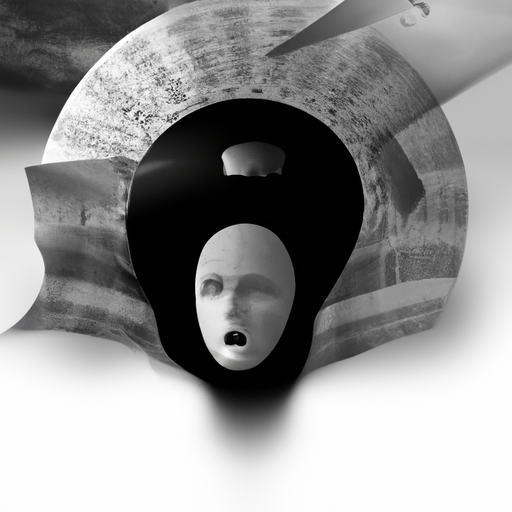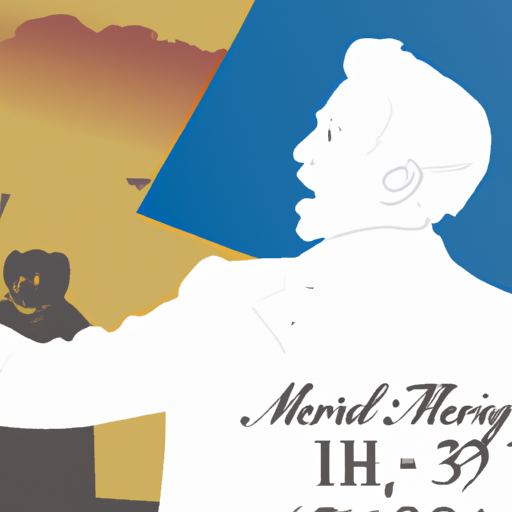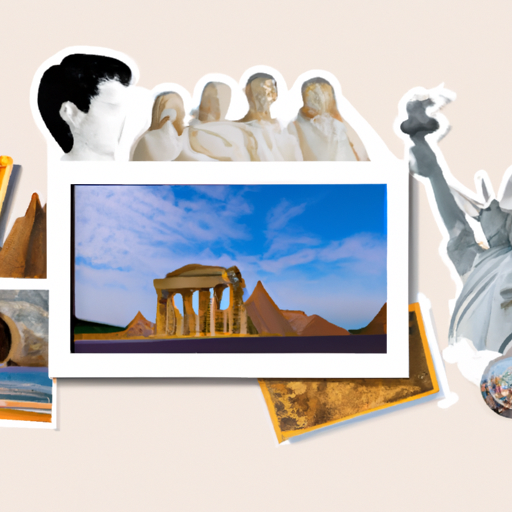A Look at the History of Victorian Children’s Activities
Unearth a past of Victorian childhood and uncover what life was like for kids during this era! Delve into the days of yore to find out how young ones lived, what they did, and how different it was from today. Uncover the secrets of this period and get a glimpse into the lives of those who experienced it.

The past has always been brimming with captivating tales, and the Victorian period is no exception. Kids in this era lived a life so unlike what we know today that it’s almost unimaginable. From their apparel to the activities they partook in, delving into the history of Victorian childhood can give us an unparalleled look into a world now long gone.
Clothing-wise, children during this time would usually don dresses or suits depending on their gender. Boys had short haircuts and both genders were expected to maintain a neat appearance at all times. As for leisure activities, kids would often play with toys such as dolls, toy soldiers, kites, marbles and spinning tops. They also relished outdoor pursuits like swimming, fishing and hunting as well as playing board games like chess and checkers.
Education was also an essential element of life for Victorian children. Girls were generally instructed at home by their mothers while boys attended schools that concentrated on reading, writing and arithmetic. Religion was likewise an integral part of education during this period since it was considered necessary for moral development.
Overall, exploring the history of Victorian childhood provides us with an enthralling peek into a past now long gone. It shows how different life used to be from what we know today and gives us an understanding of how much our lives have changed over time.
.
Introduction

Children of the Victorian era experienced a life vastly dissimilar to that of the current day. From 1837-1901, children were expected to contribute to their family’s livelihood, regardless of age. Depending on their family’s financial situation, these young ones could either be sent to school or made to work in factories or stores. Furthermore, they had to abide by stringent rules of decorum and politeness – a burden that could be quite oppressive. Examining the history of Victorian childhood provides us with an intriguing peep into days gone by, illustrating how much our lives have shifted over time.
– Historical Overview of Victorian Children’s Education
The Victorian era was a period of remarkable transformation in the realm of education. During this time, England and Wales saw substantial changes in how children were taught, with an emphasis placed on social and cultural development. As a result, two distinct forms of instruction were established: elementary and higher. Elementary schools provided youngsters aged 5-13 with the fundamentals such as reading, writing, arithmetic and religious studies; meanwhile, higher institutions offered more advanced knowledge including Latin, Greek, science, mathematics, music and art.
In 1870 a law was passed that made it compulsory for all children between the ages of 5-10 to attend school; furthermore, grants were provided to help poorer families pay fees. A network of inspectors was also set up to ensure standards were being met. Additionally, there was a heightened focus on providing higher educational opportunities for girls as well as boys – though these chances still lagged behind those available to males at the time.
As a result of these developments, literacy levels among both adults and children saw dramatic increases during the Victorian era; thus making education more accessible regardless of class or gender.
– History of Victorian Children’s Workforce Participation
A perplexing past of juvenile toil and trouble dates back to the Industrial Revolution of the late 18th century, when even five-year-olds were employed in factories and other laborious occupations to sustain their families. Unfortunately, these kids were subjected to long hours in hazardous conditions with little or no protection from their employers. By mid-century, laws had been established which limited the types of work children could do and set minimum wage requirements for those who did work.
Domestic service and agricultural labor were also popular employments for Victorian children. Poor households relied heavily on their children’s wages to supplement meager incomes. Boys worked in coal mines and on farms while girls served as servants or labored in textile factories; though some jobs were exploitative, they provided much needed income for struggling families.
Yet by the close of the 19th century, public opinion had shifted against employing young children due to concerns about exploitation and abuses of power by employers. As a result, new laws increased restrictions on child labor and set minimum age limits for certain types of work; though this protected vulnerable children from exploitation, it also caused many working class families to lose their primary source of income when their youngest members could no longer legally be employed.
Today, child labor is still present in certain parts of the world but is much less common than during Victorian times due to improved living standards and stricter enforcement of labor laws. Nevertheless, there remains much work to be done so that all children are safeguarded from exploitation and have access to safe working environments wherever possible.
– Exploring the Role of Victorian Children in Society
Amidst a period of immense societal transformation and advancement, Victorian England saw children as a crucial element of the nation. Examining their part in this time requires an understanding of the historical context.
Two kinds of education were available to Victorian kids: formal schooling from schools or academies, and informal teaching at home from parents or tutors. Those with greater wealth had access to more sophisticated instruction than those with less money.
The Industrial Revolution also profoundly changed children’s lives; many were employed in factories and mines for long hours and meager pay, with work becoming their primary focus and few chances for recreation or leisure activities.
Wealthy families’ children, on the other hand, usually attended private schools where they received superior education and privileges such as travel, music lessons, and extra-curriculars.
Religious revivalism was also prominent in Victorian England; Sunday Schools were established which enabled kids to learn about Christianity while developing moral values and achieving basic reading and writing skills that would benefit them later in life.
In conclusion, it is evident that during this period of quick growth and progress, Victorian children played an essential role in society. Depending on their family’s financial situation, they experienced both educational opportunities and hard labor conditions; nevertheless all had some form of religious guidance which shaped their ethical beliefs for future years.
– How Playtime Activities Shaped the Lives of Victorian Children
Amidst the 19th century, a time of immense societal alteration and growth in the United Kingdom, a newfound appreciation for playtime activities amongst young children arose. Initially seen as a mere extravagance accessible only to those of considerable wealth, playtime activities soon became indispensable components of childhood education and growth. Outdoor games, puzzles, dolls and dress-up were all utilized to cultivate skills such as problem-solving, communication and creativity in kids without fear of reprimand or judgement from adults.
Moreover, these recreational activities had more concrete effects on Victorian children’s lives. For instance, outdoor games served as physical exercise to keep them healthy and active while dolls and dress-up enabled them to become acquainted with various roles in society and how to interact with others courteously. Puzzles helped hone their critical thinking abilities while simultaneously allowing them to explore their imaginations through make-believe scenarios.
The legacy of playtime activities continues to this day – providing an avenue for creativity, problem solving and imagination – these activities can shape our future generations into well-rounded individuals who are capable of making positive contributions to society.
– Analyzing the Impact of Social Reforms on Victorian Children’s Lives
The Victorian era in England saw a period of immense social reform, with the lives of children being greatly impacted. Free schooling was implemented, offering educational access to all; Factory Acts were put into place to guard against exploitation in the workplace; and the Poor Law Amendment Act provided additional assistance for those living in poverty. The long-term effects of these reforms were undeniably beneficial, yielding substantial improvements in children’s lives.
conclusion

Children of the Victorian era were no strangers to hard work and dedication, with an abundance of activities to keep them occupied. From studies to chores, there was something for everyone to do. Church services, festivals, sports and games, books, hobbies like sewing and painting – all these provided much-needed respite from the daily grind. And while the expectations may have been high, it was a time when children could truly enjoy themselves in a multitude of ways.
.
Some questions with answers
Q1: What did Victorian children do for fun?
A1: Victorian children enjoyed playing with toys such as dolls, wooden blocks, and marbles. They also played outdoor games like tag and hopscotch.
Q2: Did all Victorian children go to school?
A2: No, not all Victorian children went to school. Wealthy families could afford to send their children to private schools, while poorer families often had their children work instead of attend school.
Q3: How did Victorian parents discipline their children?
A3: Victorian parents used a variety of disciplinary methods including verbal reprimands, physical punishment, and withholding privileges.
Q4: What kind of jobs did Victorian children do?
A4: Many Victorian children worked in factories or on farms. Others were employed as servants in wealthy households or as chimney sweeps.
Q5: Was there any organized education for the poor during the Victorian era?
A5: Yes, some efforts were made by philanthropists and religious organizations to provide educational opportunities for the poor during the Victorian era.




